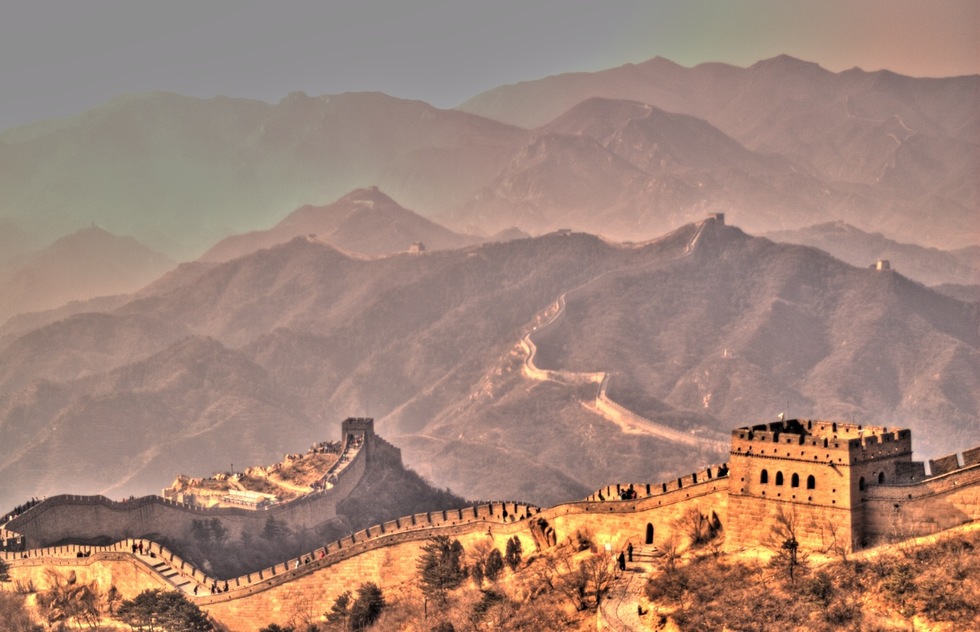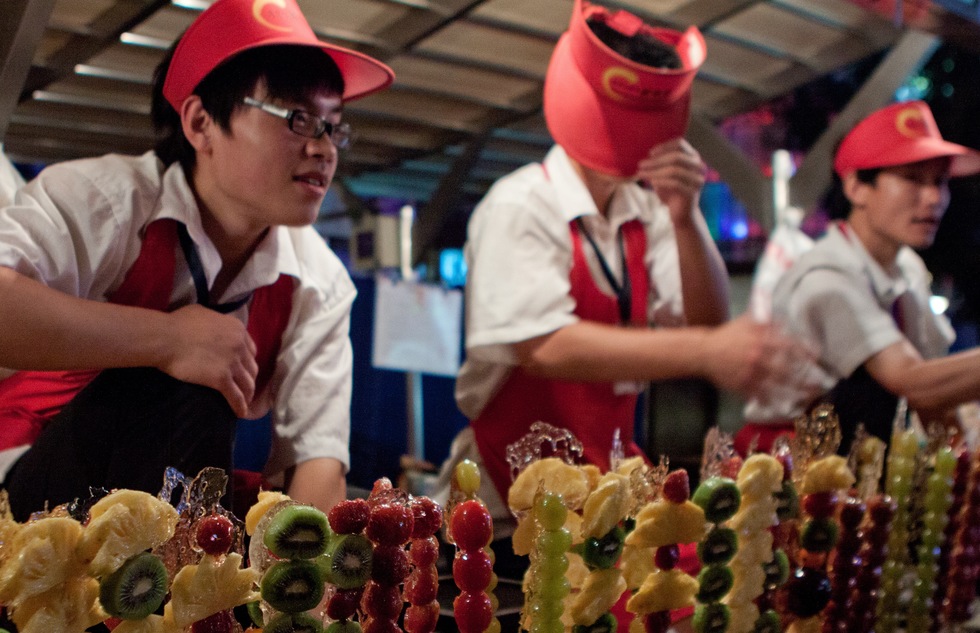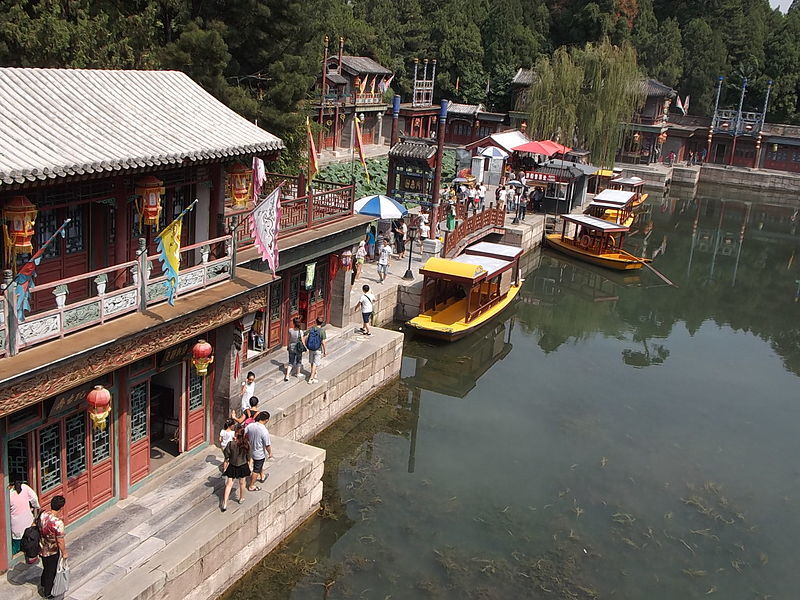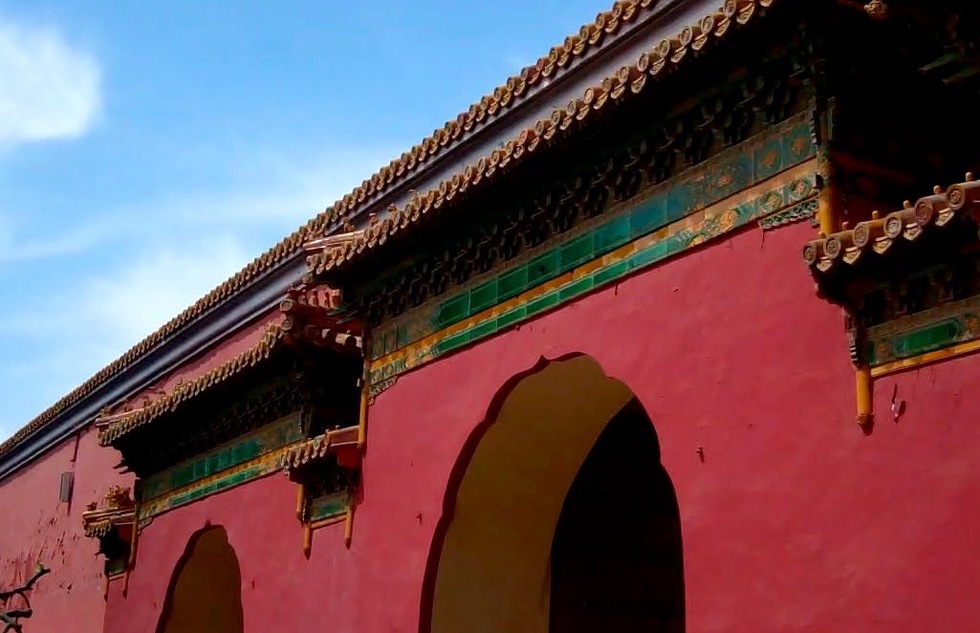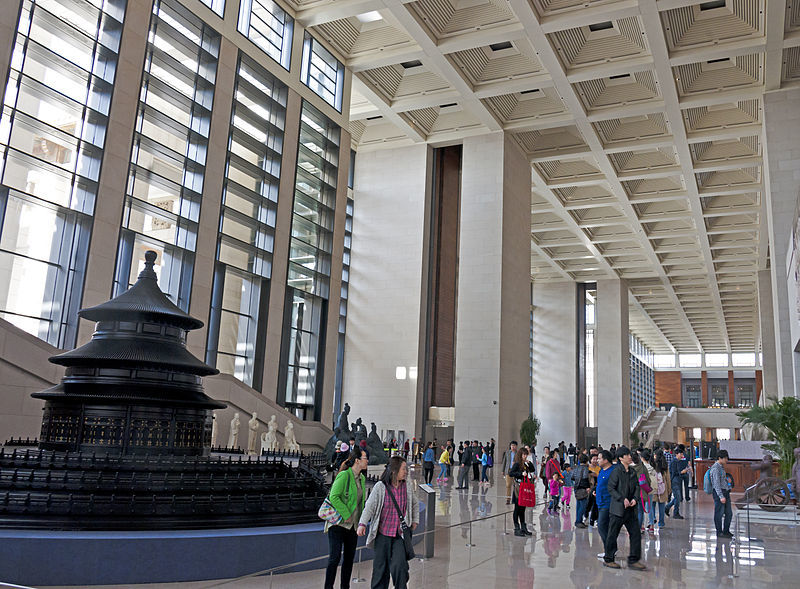The Best Things to Do in Beijing
By Graham BondTo learn more about the amazing sights and attractions in China, check out our EasyGuide to Beijing, Xian, and Shanghai.
Beijing’s clamorous streets have become increasingly hazardous for those seeking to explore the capital on foot. The solution is a wander around the metropolis just below pavement level—on its manmade waterways. The network is a combination of ancient canals, historic moats, and modern water features. The mostly excellent pedestrian access guides hikers past gleaming skyscrapers and ramshackle hovels and beneath giant intersections.
This is a beautiful slice of imperial architecture that’s rarely busy, despite being located right next to the Forbidden City. The palace features much of the same architecture, grandeur, and historic gravitas of its famous neighbor, yet hardly anybody bothers to stop by on the dash for the big ticket. Don’t be put off by the rather dour name. Instead, thank the Maoist moniker for putting off the masses.





